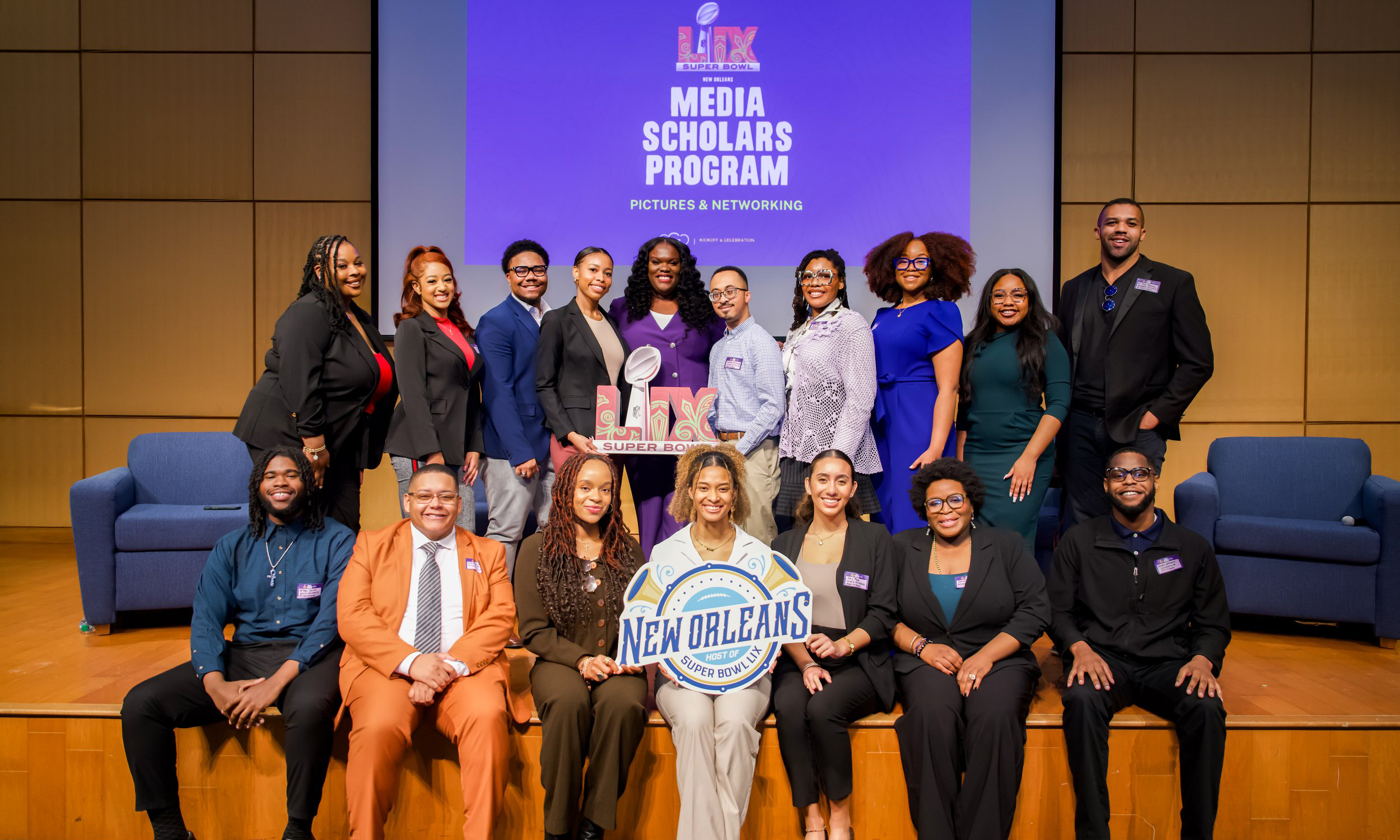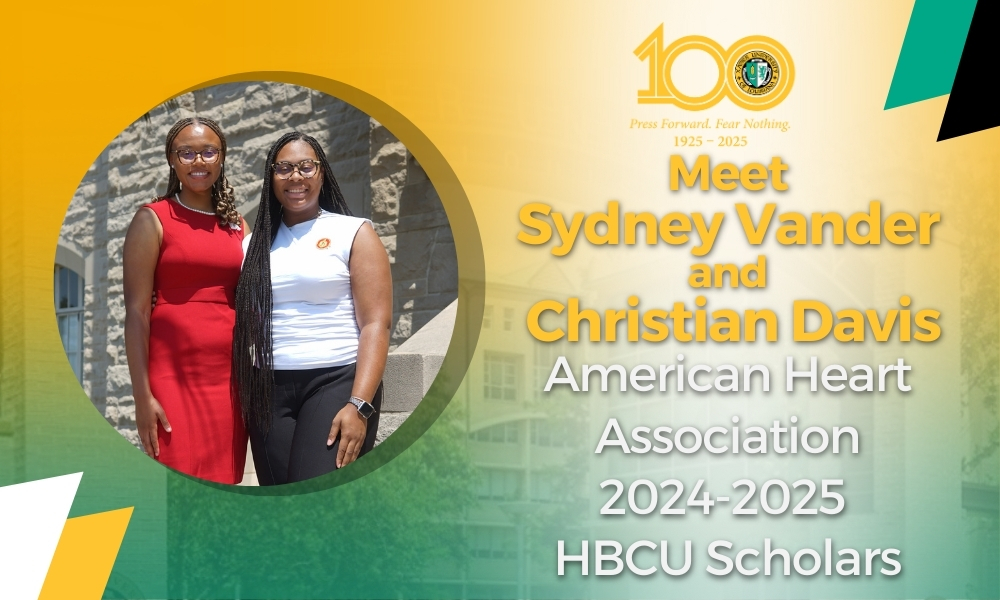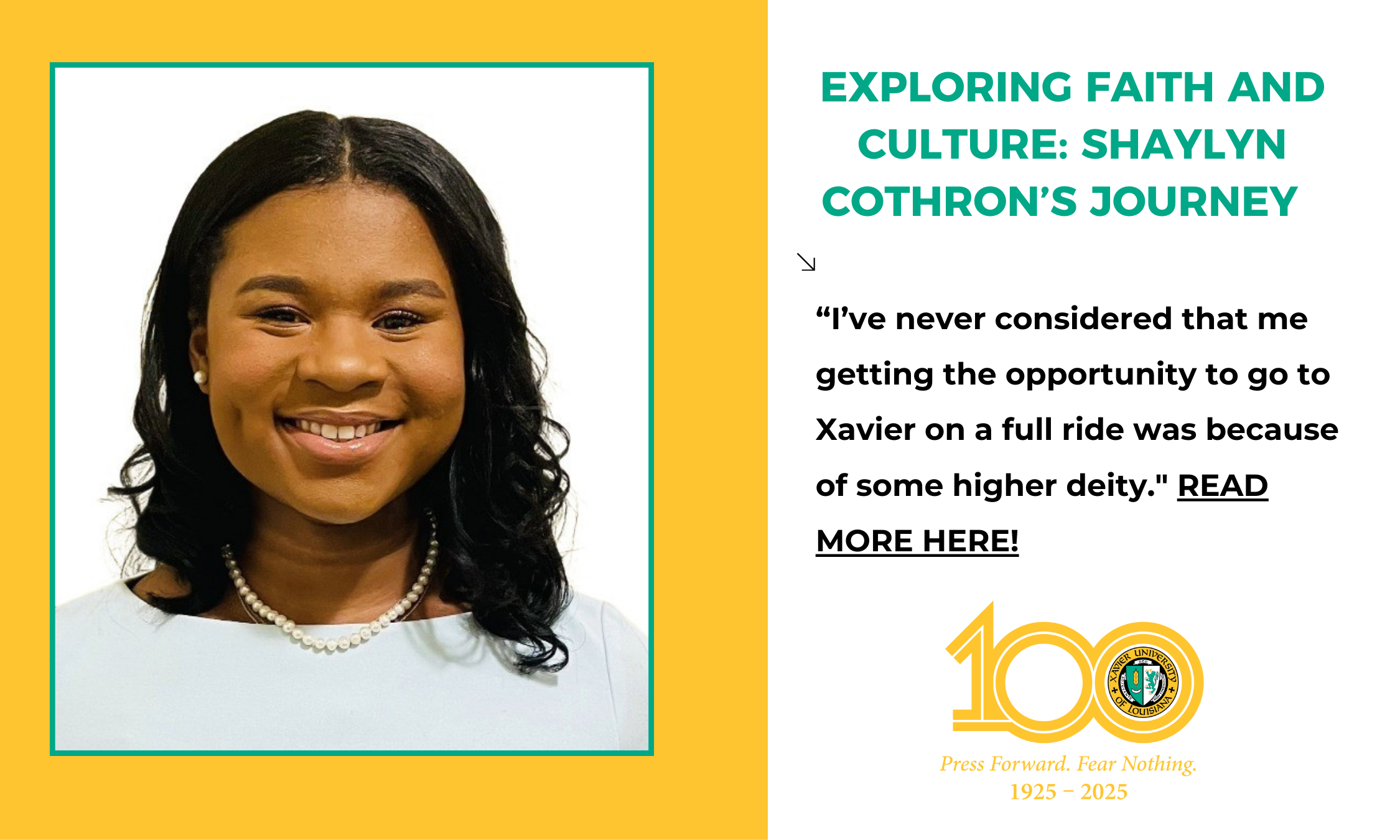
The Xavier University of Louisiana Library Archives and Special Collections (XULA Archives) acts as an invaluable repository, safeguarding the rich tapestry of history that is intrinsic to both the institution and the broader narrative of the Black Catholic experience. Vincent Barraza, Xavier’s Archivist & Digital Preservation Librarian, shares the great impact of the archives and how it provides a profound insight into the growth and evolution of both the nation’s only historically Black and Catholic university and the Black Catholic experience.
The XULA Archives & Special Collections maintains and meticulously preserves an extensive collection of historic photographs, manuscripts, university records, Catholic artifacts, relics, oral histories, and rare books.
Given the university’s historic place as the only majority Black and majority Catholic university in the United States, and in support of Xavier University’s mission “to contribute to the promotion of a more just and humane society,” our collections encompass a wide range of formats, with a focus on Catholic History, African American History, Black Catholics, local New Orleans Communities, Louisiana History, and the Gulf Coast Region. These collections play a vital role in the re-engagement of history and provide a rarely seen glimpse into the lives of Black students, Black educators, and members of national religious communities.
We are always looking for new and innovative ways to create accessibility that can better serve our researchers and community as well as memorializing those who have come before us in our storied history. It is in this practice that we contribute to numerous exhibitions, publications, documentaries, feature films, and tv productions to better share our rich history with the world.
Barraza shared some of the recent appearances and features of pieces from the XULA Archives and Special Collections.
The Thomas Mundy-Peterson Medal
In conjunction with the fifth anniversary of the museum's opening, The Thomas Mundy Peterson Medal was on display at The Smithsonian National Museum of African American History (NMAAH) located in Washington, DC. Thomas Mundy Peterson (October 6, 1824 – February 4, 1904) of Perth Amboy, New Jersey, is claimed as the first African American to vote in an election under the just-enacted provisions of the 15th Amendment to the United States Constitution. His vote was cast on March 31, 1870; the Amendment had been ratified almost two months earlier, on February 3, but was only officially certified by Secretary of State Hamilton Fish on March 30.
To honor Mr. Peterson as the first African American voter after the passage of the 15th Amendment, the citizens of Perth Amboy raised $70 (about $1,800 in 2019 dollars) to award him with a gold medal. The full medal consists of a gold bar from which a two-inch diameter medallion was hung. The hanging medal featured a profile bust of a clean-shaven Abraham Lincoln. It was presented to Thomas Mundy Peterson on Memorial Day, which was then called Decoration Day, on May 30, 1884.
In his old age, Peterson, on several occasions, had to pledge the medals for small loans, until he passed away with the medal still unclaimed. Peterson passed away on February 4, 1904, at the age of 79, in Perth Amboy, N.J. The medal was then obtained by the Honorable Harold E. Pickersgill, Recorder of the City of Perth Amboy for many years. After Pickersgill's death, Charles F. Heartman (a prominent Mississippi book dealer) acquired the medal. In 1948, Xavier University of Louisiana acquired a large portion of Heartman’s collection of Material Relating to the Negro Culture, including the Peterson Medal.

Arthur P. Bedou photographs
In partnership with the University of Minnesota and the Katharine E. Nash Gallery, three photographs from famed photographer Arthur P. Bedou were on display during their exhibition, "A Picture Gallery of the Soul," which ran from September 13 - December 10, 2022.
Arthur P. Bedou (July 6, 1882 – July 2, 1966) was a self-taught African American photographer based out of New Orleans, who was for a time the personal photographer of Booker T. Washington and documented extensively the last decade of Washington's life. In 1903 Booker T. Washington saw some of his work and invited Bedou to accompany him as his personal photographer, in part for his ability to produce dynamic images of unfolding events. His position brought him further commissions to photograph notables both Black and white, including George Washington Carver, Theodore Roosevelt, Andrew Carnegie, and Julius Rosenwald.
In the 1920s, Bedou opened his own photography studio in New Orleans, where he photographed everything from Black families and their children to the laying of the cornerstone at Corpus Christi Church, to the visits of jazz bands and celebrity speakers. One such significant historical moment Bedou captured was the deportation of political activist Marcus Garvey.
Bedou’s photographs often appeared in the “Louisiana Weekly,” a newspaper with a primarily Black audience, and the general-circulation newspaper, the Louisiana Times-Picayune. He was also very much in demand by Black colleges and schools such as Xavier University of Louisiana, Fisk University, Wiley College, and The Tuskegee Institute to document life on their campuses. He was also contracted by many professional organizations, such as the National Negro Business League, the National Medical Association, and the National Baptist Convention. Over the course of his career, Bedou won several awards, including the gold medal at the 1907 Jamestown Tercentennial Exposition.
Booker T. Washington Working at His Desk, 1908 - Arther P. Bedou
"Freedman's Paper for Sally Undershue"
The XULA Archives & Special Collections provided a historic slave manuscript on a 2-year semi-permanent loan to the B&O Railroad Museum located in Baltimore, Maryland.
In 2021, The National Park Service named the B&O Railroad Museum to its National Underground Railroad Network to Freedom, a group of nearly 700 sites across 39 states with connections to the journeys of enslaved people trying to escape. The museum also received a $200,000 grant from the National Endowment for the Humanities to establish a permanent exhibit in the Mount Clare depot to tell the stories of the freedom-seekers who passed through the station — and to explore the connections between the metaphorical Underground Railroad and the railroad itself. As part of this permanent exhibition, the XULA Archives sent the “Freedman's Paper for Sally Undershue,” manuscript dated March 7, 1811. This historic document from the State of Virgina confirms the designation of Ms. Undershue as a Free Person of Color and serves as a reminder of the challenges of African Americans in the early part of the nineteenth century. The manuscript is an integral part of the Charles F. Heartman Manuscripts of Slavery Collection.

Booker T. Washington Working at His Desk, 1908 - Arther P. Bedou
"Freedman's Paper for Sally Undershue"
The XULA Archives & Special Collections provided a historic slave manuscript on a 2-year semi-permanent loan to the B&O Railroad Museum located in Baltimore, Maryland.
In 2021, The National Park Service named the B&O Railroad Museum to its National Underground Railroad Network to Freedom, a group of nearly 700 sites across 39 states with connections to the journeys of enslaved people trying to escape. The museum also received a $200,000 grant from the National Endowment for the Humanities to establish a permanent exhibit in the Mount Clare depot to tell the stories of the freedom-seekers who passed through the station — and to explore the connections between the metaphorical Underground Railroad and the railroad itself. As part of this permanent exhibition, the XULA Archives sent the “Freedman's Paper for Sally Undershue,” manuscript dated March 7, 1811. This historic document from the State of Virgina confirms the designation of Ms. Undershue as a Free Person of Color and serves as a reminder of the challenges of African Americans in the early part of the nineteenth century. The manuscript is an integral part of the Charles F. Heartman Manuscripts of Slavery Collection.

Archive Photographs featured in the New Orleans Museum of Art’s exhibition "Called to the Camera: Black American Studio Photographers"
The New Orleans Museum of Art (NOMA) displayed seventeen photographs from the XULA archival collections, specifically photographers Arthur P. Bedou and Nolan A. Marshall for their exhibition "Called to the Camera: Black American Studio Photographers," which was on view from September 16, 2022, thru January 8, 2023.
From photography’s beginnings in the United States, Black studio photographers operated on the developing edge of photographic media to produce affirming portraits for their clients, while also engaging in a variety of other photographic work that represented the vanguard of important movements like pictorialism, modernism, and abstraction.
The "Camera: Black American Studio Photography" exhibit illustrated the artistic virtuosity, social significance, and political impact of African American photographers working in commercial portrait studios during photography’s first century. The exhibition was the first to focus exclusively on this national cohort of camera operators, while situating that group within a broader and inclusive history of picture making. "Black American Studio Photography," reframed the history of American photography by placing Black photographers and subjects at the center of that story, arguing for a reconsideration of how historians and institutions evaluate and display photography. This exhibition gathered over one hundred and fifty vintage photographs, many of them unique objects, from the nineteenth century to the present. While demonstrating that African American photography studios were a national phenomenon the exhibition will feature several photographers from New Orleans, including Arthur P. Bedou and Florestine Perrault Collins. Works by both of these artists provide important examples of how professional photographers were crucial to Black Americans’ ability to represent themselves in the early twentieth century, and how their photography helped build community.
Archive Photographs featured in The Historic New Orleans Collection’s exhibition "’Yet She is Advancing’: New Orleans Women and the Right to Vote, 1878-1970"
The Historic New Orleans Collection (HNOC) is currently utilizing two photographs from our collections for their exhibition, “Yet She Is Advancing”: New Orleans Women and the Right to Vote, 1878–1970," which opened April 28 and will run until November 5, 2023.
The 19th Amendment to the US Constitution extended the vote to American women in 1920. Its passage served as the crowning achievement of a decades-long struggle by women across the nation to be part of the democratic process. Although divided by race, class, and political strategy, Black and white women in New Orleans played a significant role in the women’s suffrage movement. Yet the story of women’s voting rights in New Orleans does not end in 1920. The federal amendment granted all women the right to vote, but Louisiana laws effectively disenfranchised Black women. As many white women began going to the polls and increasing their political participation in segregation-era New Orleans, African American women continued to fight for access to the ballot. From paying their poll taxes to organizing voter registration drives, Black women challenged their status as second-class citizens up to and through the passage of the Voting Rights Act of 1965.
Expanding on a 2020 virtual exhibition on THNOC’s website, the exhibition tells a decades-long story through objects, images, documents, and interactive displays—and through the words of the New Orleans women who, for early 100 years, persisted in their struggle to obtain the vote. Through their determination, they advanced our nation’s democratic ideals and inspired future generations of political activists.
Over the summer, KQED Arts & Culture published a video series on reparations. The episode “Meet the Members of California’s Historic Reparations Task Force,” includes a photograph from the XULA Archives.



